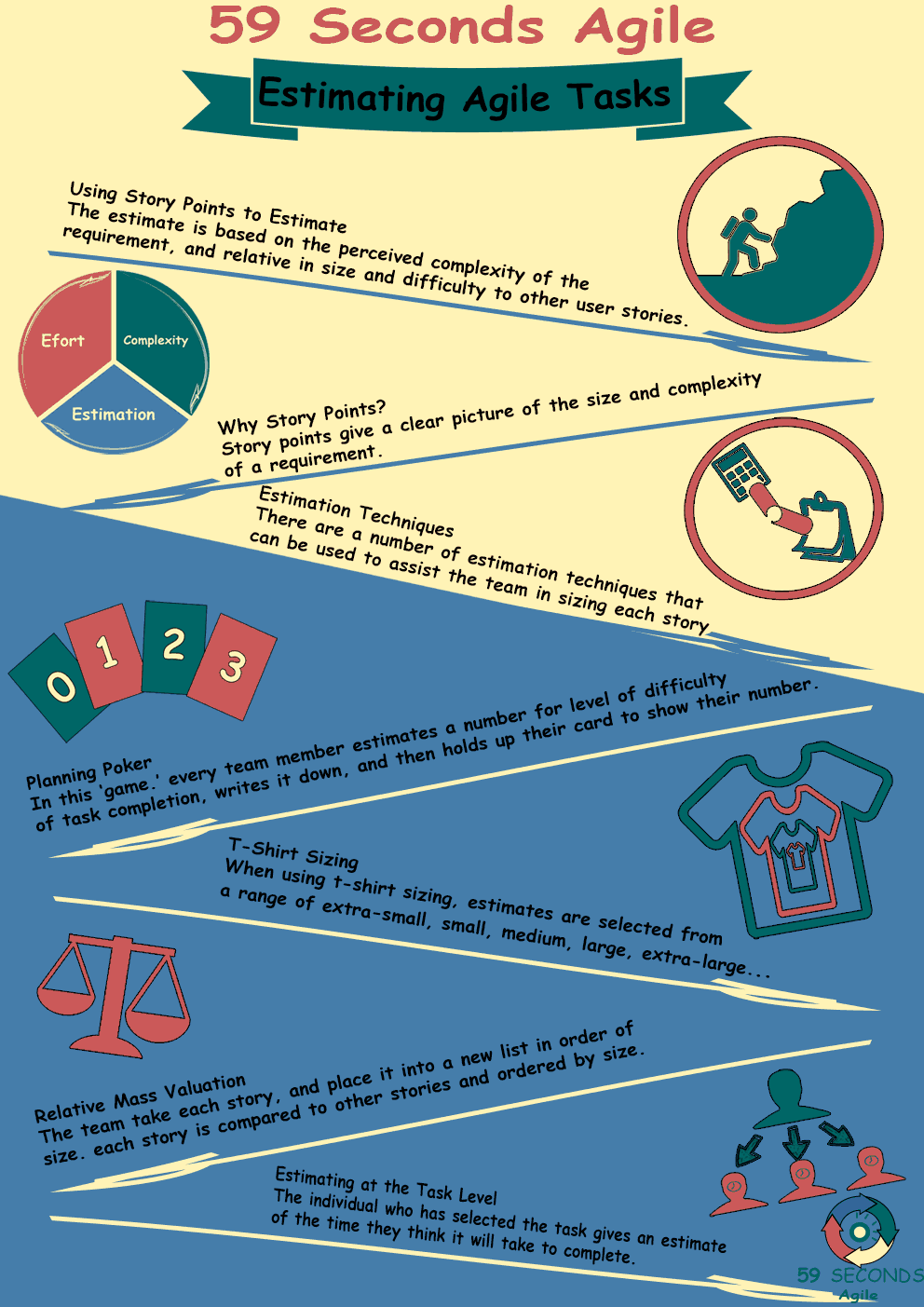
Estimating Agile Tasks For Product Owners – Part 2
Tracking Tasks
Scrum boards, whether virtual or physical, help organize tasks for the team and visualize the work to be done, the work already in progress, and the work that has already been done. Things like blocked work and dependencies can also be tracked from the Scrum board to give more visibility of the project situation. In order to see the time needed to do complete all tasks for the iteration in terms of hours, it can be helpful to track the remaining work daily versus an ideal trend in the burndown chart.

For the Product Owner, tracking tasks lets them learn more about the capacity of their team as well as the nature of the work being done. This is especially helpful for doing strategic and tactical plans for the project. When the Product Owner sees that there is a lot of work but not enough time, they can justify to stakeholders the need for more team members in the project, or the need for adjusting the product roadmap, or the reprioritization of features. Because impediments affect the product, it is important for the Product Owner to know about these in order to mitigate them, along with the Scrum Master. Resolving impediments will take up time, and these may be turned into tasks, which will also have to be estimated and taken into account in tracking.
Our Favourite Agile Books
We found these books great for finding out more information on Agile Scrum:
Looking back at estimates, Product Owners can also let them guide the team in being able to assess tasks better by looking at the performance of past Sprints. Sprint retrospectives are excellent venues for making improvements, such as re-negotiating estimation agreements. It is common for Agile teams, especially those just starting out, to change their working agreements to fit their needs. In terms of estimation, they could find various techniques in estimating work better as well as patterns in tasks that can inform them how long recurring tasks would take to finish.
Part of the nature of Agile is continuous improvements in the project, the process, and the product. The more data there is for the team, the better the decision making can be, especially for an empirical framework such as Scrum. Product Owners may not know how their product will be implemented, but they should know what their product is about. Part of the estimation process is for the development team to know more about what a user story is about and what the requirements are. Product Owners are there to help the team estimate better by letting them understand the product better.

